The Golden Curve and the Fibonacci Sequence
- Shawn Dell Joyce artist

- Jun 19, 2021
- 3 min read
and how it can help your compositions affect viewers on a primal level...
I'm a geek. If you are an artist, you probably are too. One of the things geeks like us love, is the intersection of art and science. That is where you find the Golden Curve and the Fibonacci Sequence.
You may have heard of this through popular culture like Dan Brown's book "The Davinci Code" but these concepts have been around for centuries, and even millenium. Actually since the beginning of time, since both concepts are found in nature.
The Golden Curve is the oldest symbol mankind has, its scrawled on cave walls, part of heiroglyphics, and obvious in all seashells.

Here's a depiction of the Golden Curve with the Fibonacci Sequence in the blocks. The curve is simple enough. It's an elegant proportionate curve that starts out as a simple spiral and grows exponentially using the Fibonacci sequence.
The Fibonacci sequence, is a sequence of numbers that is produced when you add the last two numbers together. For example; 1, 1, 2, 3, 5, 8, 13 and 21. Starting with 1, you add it to itself and get 2, add the last two numbers together (2+1) and you get 3, add the last two numbers together (2+3) and you get 5, add the last two numbers together (5+3) and you get 8...see how this works?
If you depict this with small squares, this is what the Fibonacci Sequence looks like gometrically:

The Fibonacci Sequence is a recurring theme in nature. Its the pattern that sunflower seeds grow in the center of a sunflower, or the seeds in a pine cone, or leaves on a branch, the sections of a pineapple, the flowering of an artichoke, even the uncurling of a fern.
Now if you were to draw a line from corner to corner, through each of these blocks, you get the Golden Curve....

See why I'm geeking out over this?
The Golden Curve is a perfect embodiment of a seeming randomly-generated set of numbers. There is order in the universe after all!
Now what does all this have to do with art?

Well, many artists have discovered that the Golden Curve is the perfect compositional device. Some artists use it intuitively, some purposefully. One well known example is Leonardo DaVinci (hence the DaVinci Code) who wrote voluminous notes on the Golden Curve, and the Golden Ratio (1:1.6) which he illustrated with diagrams in his notes.
Davinci used the Golden Curve to draw your eye to important edges in the composition:
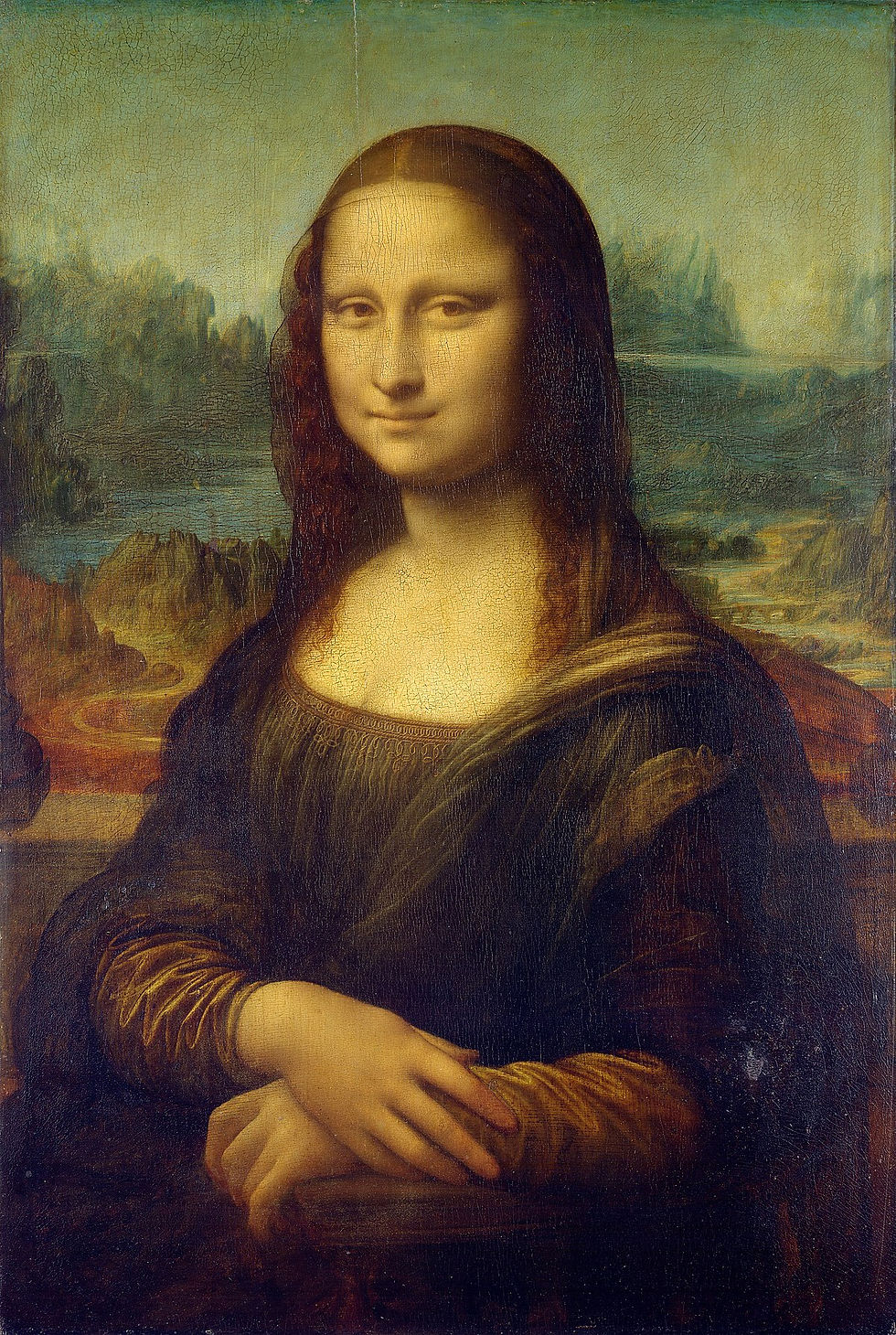
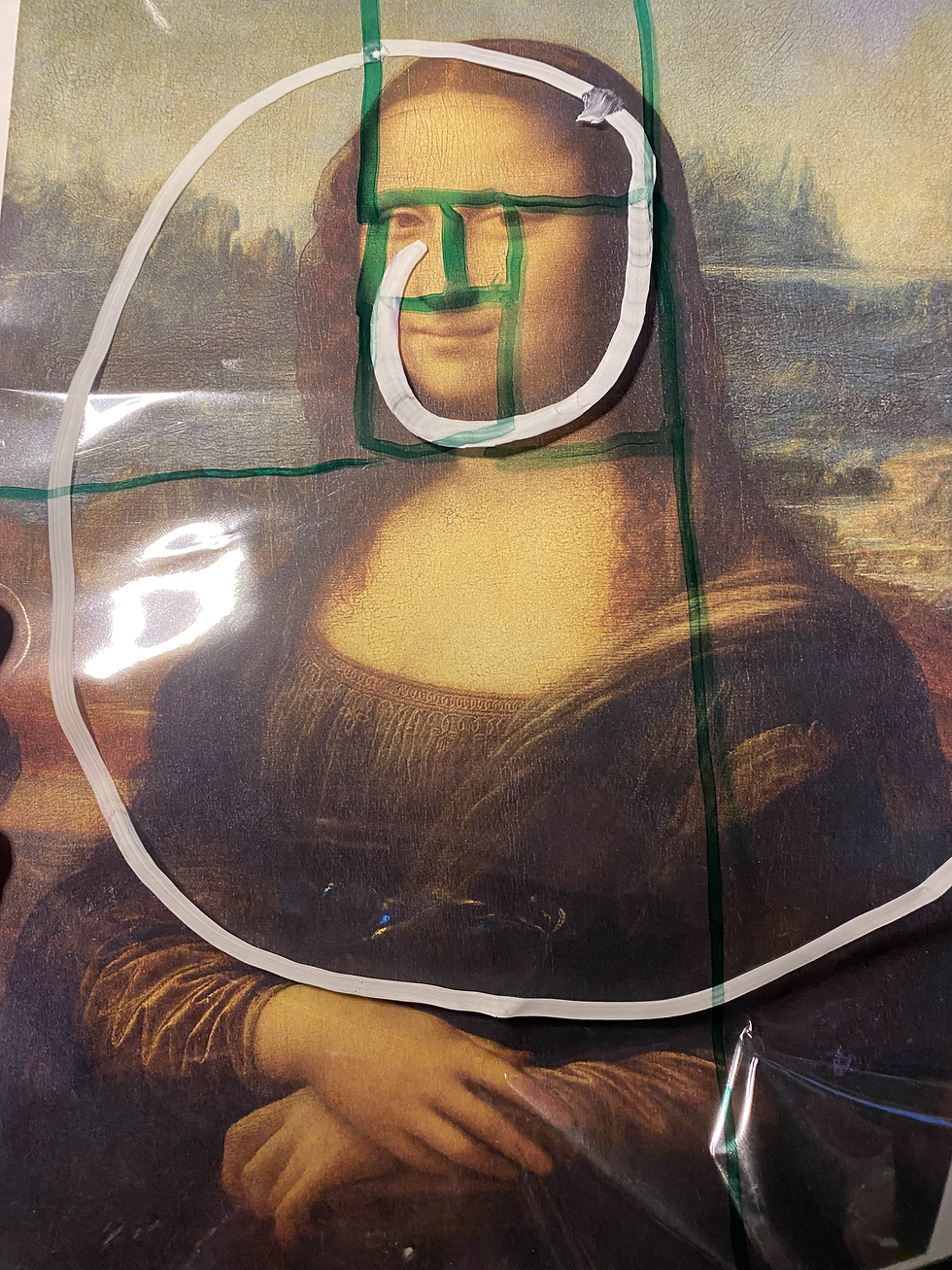
DaVinci knew well the intersection of art and science as his imagination led him to being one of the top engineers of his age. His painting reflected a brilliant aesthetic that went far beyond paint on canvas or religious themes.

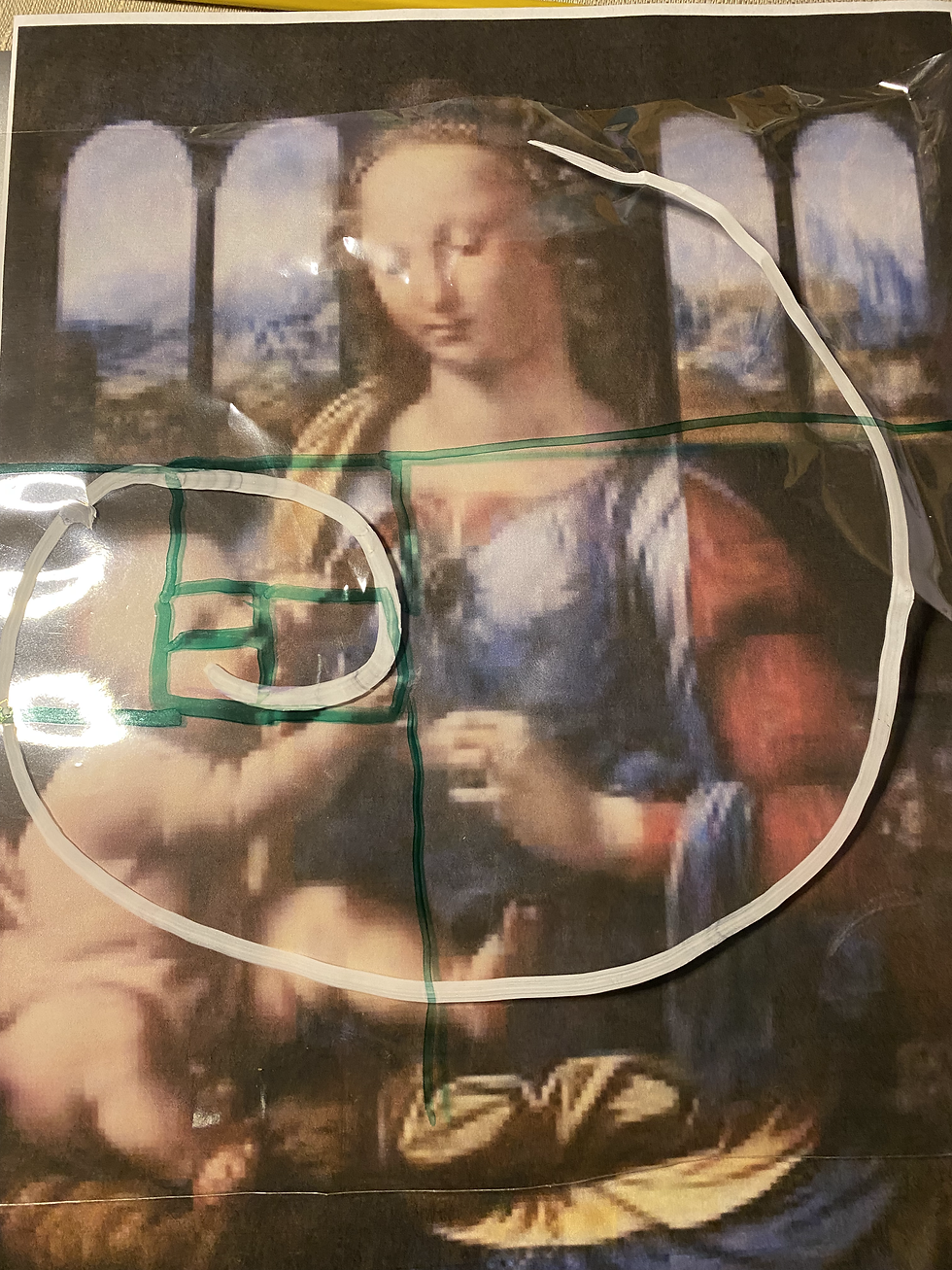
You can see vaguely how the curve appears in the composition. It's not a perfectly straight line, or clear distinction, but it is there. This compositional edge may be why an artist with so few paintings attributed to him in his lifetime has made such a large and long-lasting footprint on art history.
In my own work, I've been heavily influenced by DaVinci's Golden Curve and use it as a way to draw your eye through the composition.

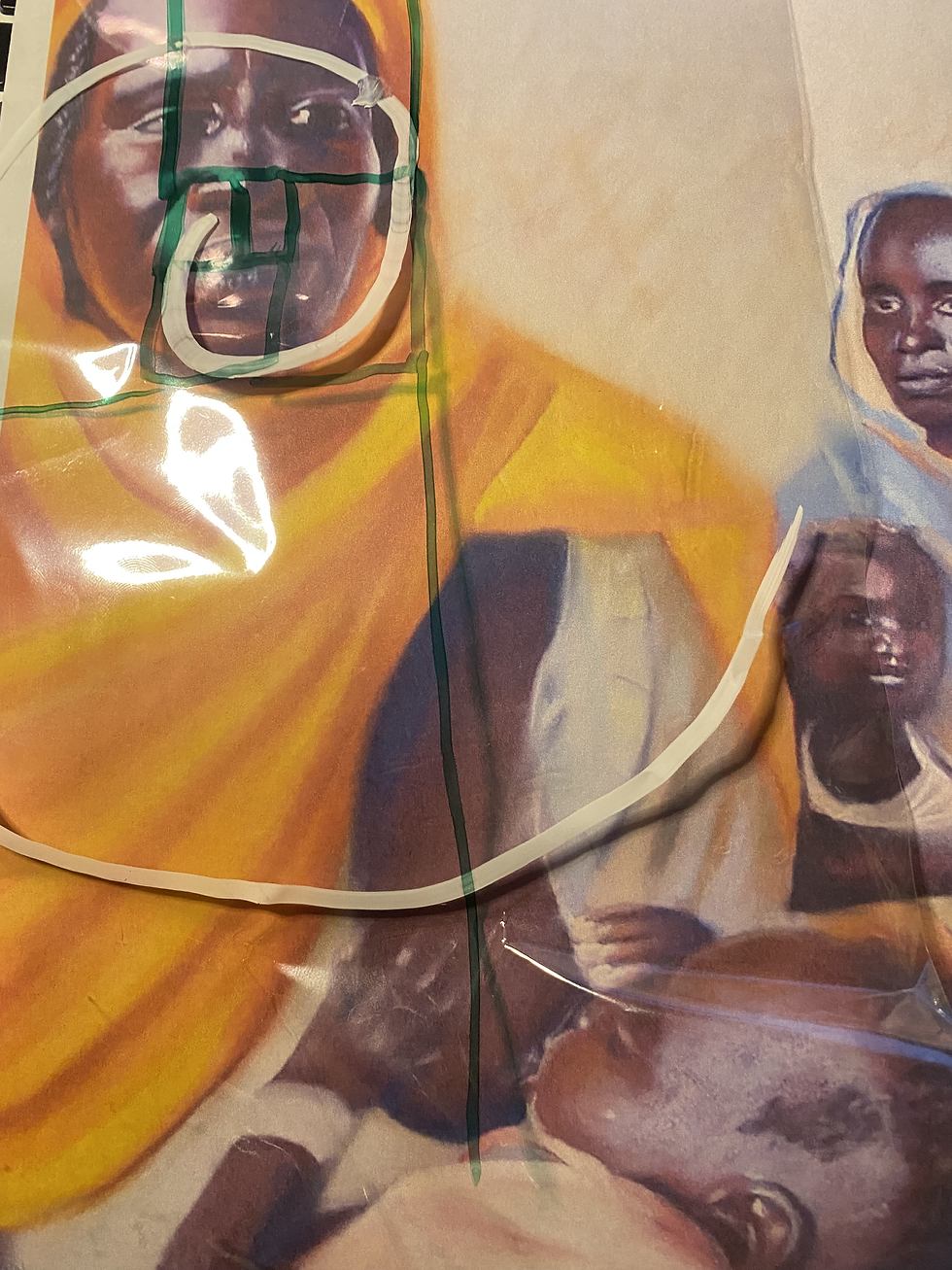
I'm not as subtle and masterful as other artists using this key, but it is something I think about in the planning stages of a painting. When I make my value sketch, I often look away, then look back at the sketch to see where my eyes land, and what path they take through the sketch. This is the composition.
Here's a reference photo for my next painting. Those of you who are taking "Classical Training for Artists" with me at Dunedin Fine Art Center will be painting from this photo in our next class:
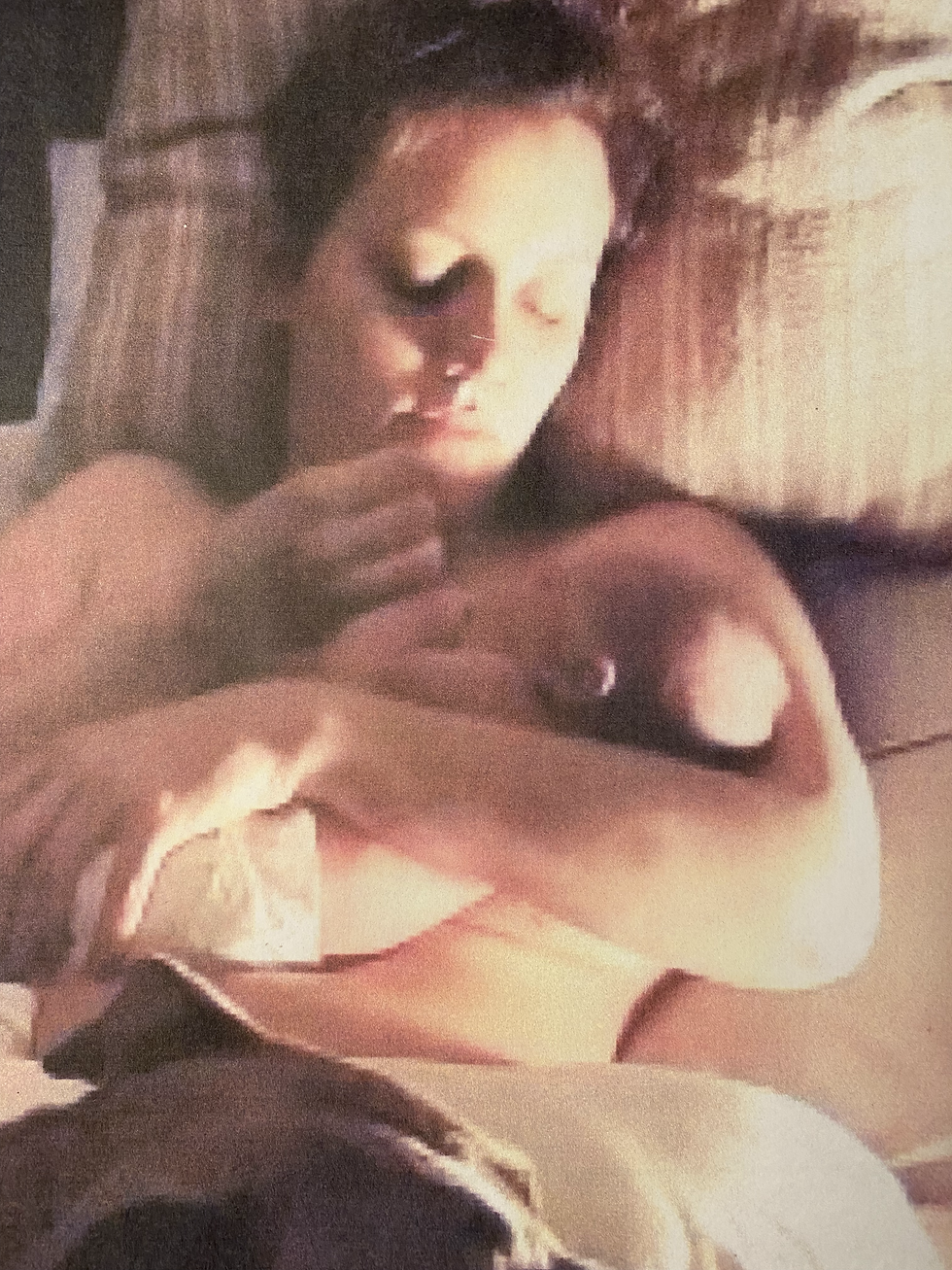
Now, look away at the ceiling. Then look back at this photo. What do you see first?
Probably the deep dark shadow on the inside of the mother's eye, next to the brightly lit side of her face. This is the focal point (where the darkest dark meets the lightest light) and the very center of the Golden Curve. Notice the path your eyes take as the travel around the pattern of darks & lights. Your eye probably travels along the curve of her cheek to the hair, then around the curve of the arm to the baby's head. The pattern will look something like this:
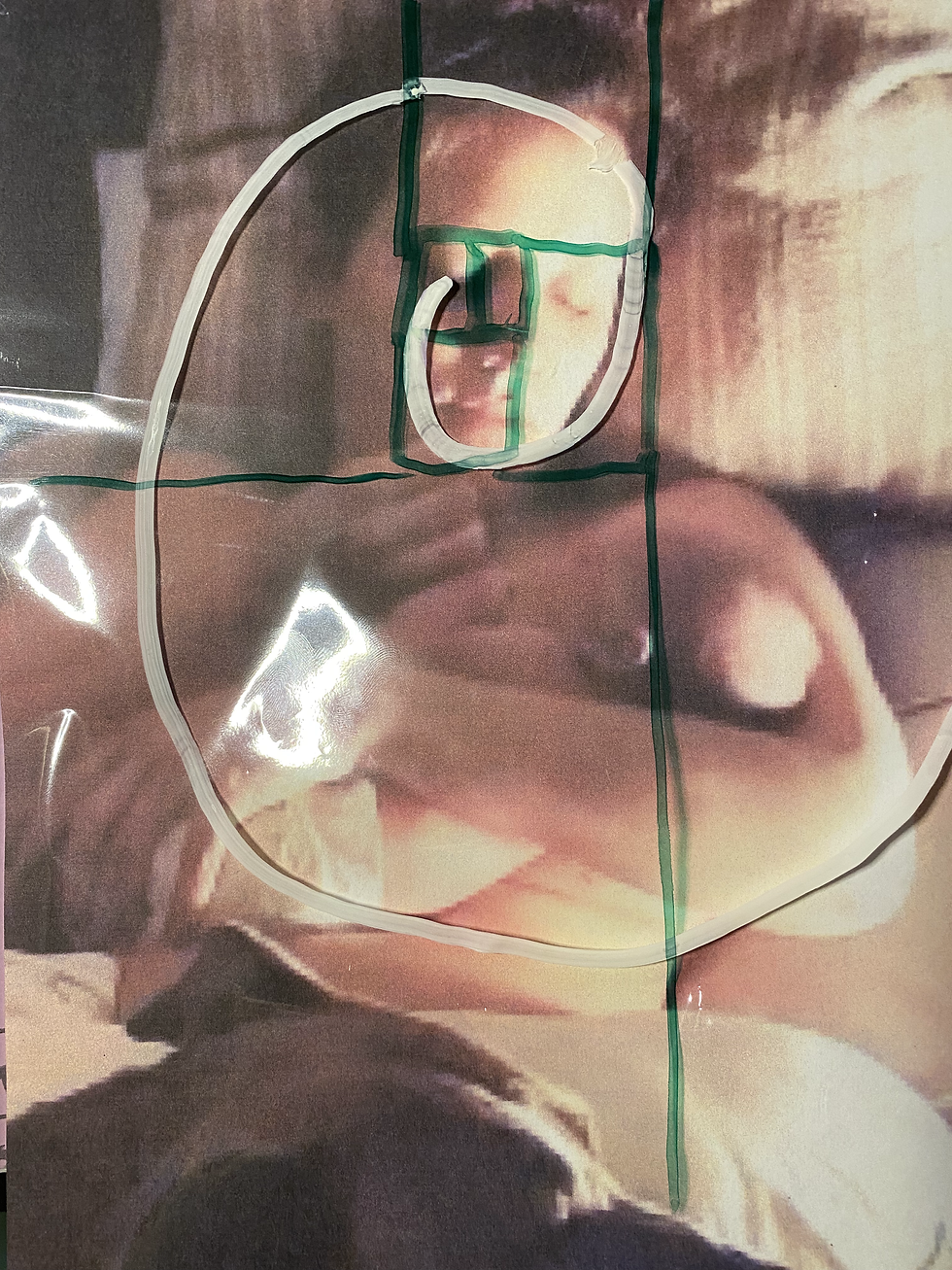
Framing this beautiful scene is the head of the dog in dark on the lower left. See how the curve leads you through the scene?
I hope you are geeky enough to appreciate the beautifully ordered simplicity of the Golden Curve, and the nexus of art and science that it represents. For me, it was an "Aha!" moment in art when I first saw the Golden Curve. Now I see it everywhere and yet it continues to inspire and fascinate me.
Happy Painting!






Oh my! I’m totally a GEEK…that’s for sure! This is so interesting! Will keep my eye 👁 open for such an occurrence in the future! What a beautiful way to express the dimensions of nature! Ali 💜